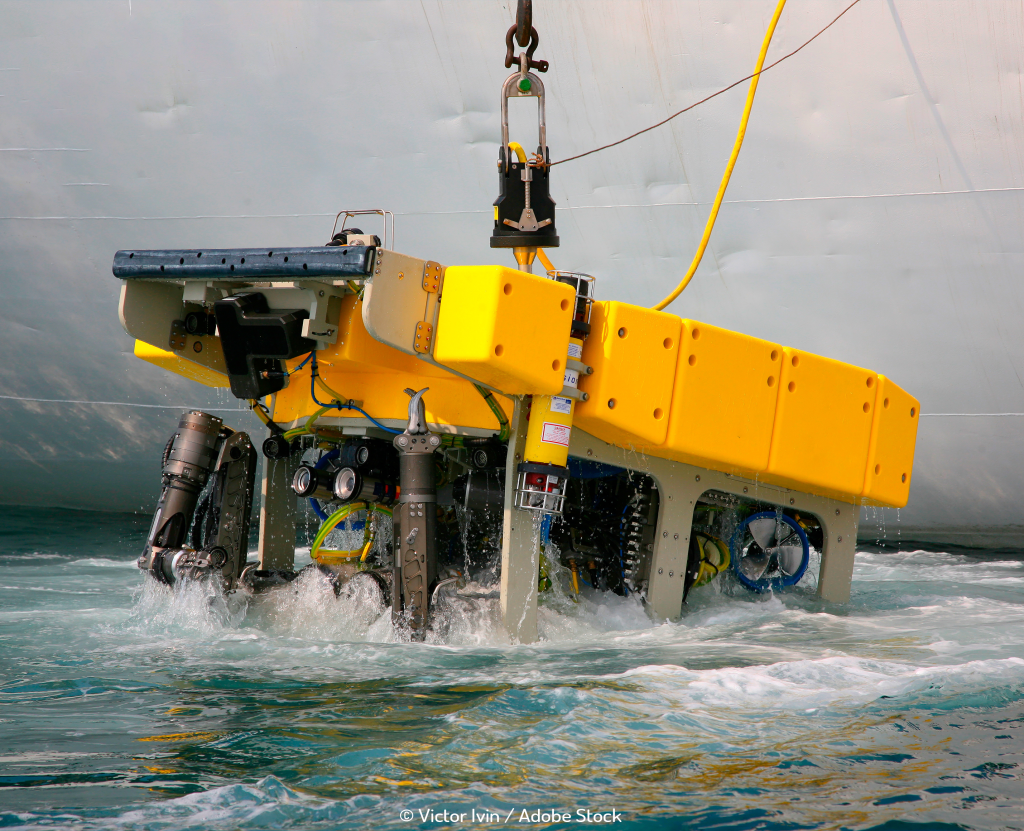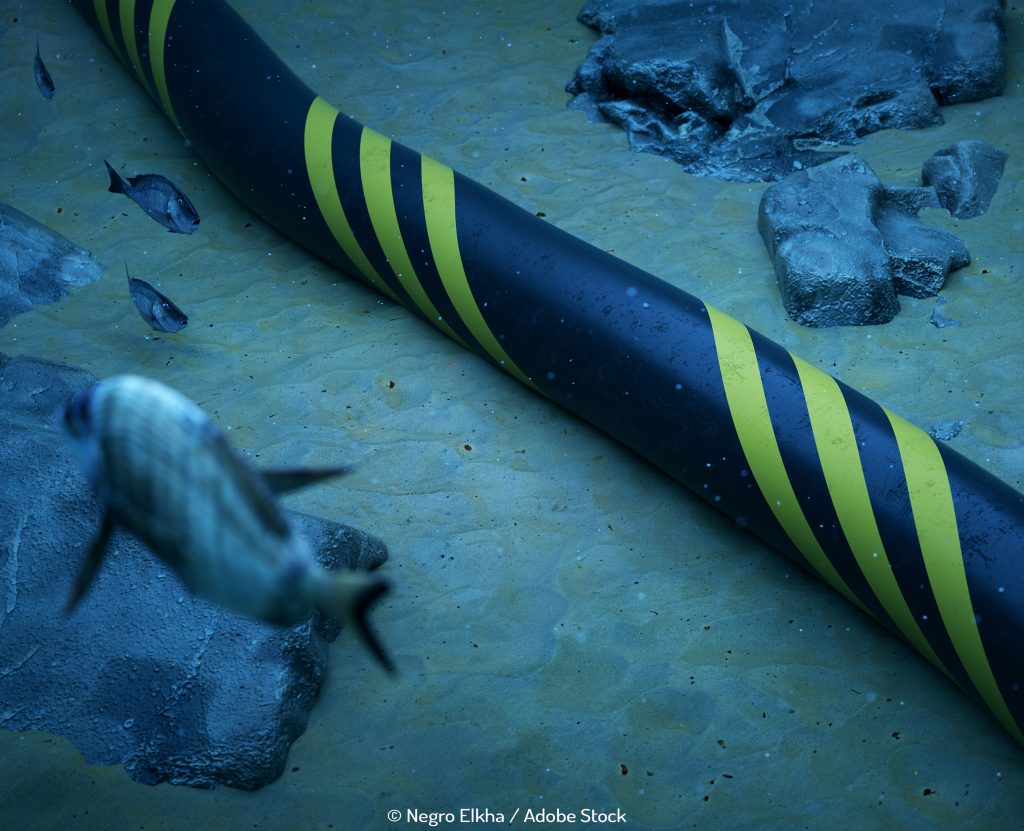
The future is automatic with the next generation of robotics
Remote operated vehicles (ROVs) have been a critical part of offshore operations for decades. The technology development of these robotic wonders has always moved at pace. From the first machines in the 1960s to today’s technological marvels.
With the rise in offshore wind developments, ROVs are being asked to perform new tasks with new challenges. One of these is tackling strong currents. Traditionally, an ROV was designed to operate in deep water out at sea, typically low-current conditions. Offshore wind parks are found in shallow coastal waters, often in high-tidal/high-current conditions. Oceaneering has sought to fill this gap with the development of the Isurus ROV.
The Isurus has been given a hydrodynamic design and improved powertrain to create a work-class ROV capable of operating in high-current conditions. The design has also resulted in a speedy machine capable of surveying at up to 5 knots. Over twice as fast as most other work-class machines. The Isurus has already proved itself in the field with successful operations in Northern Europe and Asia.
Another exciting development in the ROV world is the increase use of remote piloting. Advances in video tracking and positioning (VTAP) and network speeds mean that ever increasing numbers of ROV operations are being conducted remotely. According to Oceaneering, they have conducted over 50,000 hours of remote piloting operation from their centre in Stavanger, Norway. Either as a 100% remote operation or a hybrid, where onshore pilots assist the offshore ones.
Fugro is another survey company focusing on remote operations. According to Ivar de Josselin de Jong, Director Remote Inspection, “Our strategy is that everyone who is only looking at a screen will work from a remote operations centre in the future.” Fugro is looking to go one step further with the introduction of Uncrewed Survey Vessels (USVs) that will operate ROVs using an entirely remote system.
This push for remote operations has an additional effect. Operating ROVs remotely from USVs will increase the focus for all electric systems. With lower power consumption and greater reliability, electric ROVs have many benefits. But they also have their challenges. Power requirements currently limit range and operability and there is a limited number of electric tools available.
One of the greatest leaps in offshore robotics is the introduction of USVs. Uncrewed survey vessels are increasingly being utilised in an ever-growing range of operations. In particular, offshore wind operators are turning to USVs for survey tasks such as cable fault detection and inspection. Reducing crew requirements has become a particular focus with the complications to travel arrangements brought about by COVID.
An interesting development coming out of Switzerland from a marine vehicle start-up, Hydromea, is the ExRay. Hydromea hopes to utilise light to transfer data from underwater drones to the surface. The ExRay is a 7kg, 70 cm long drone designed for survey work in confined spaces where the risk of cables getting caught is high. The system incorporates the company’s Luma underwater communications system that transmits binary data using short bursts of light. The system allows data rates of 10MB/s. Currently able to operate at up to 50m range, Hydromea is hoping to double that in the near future.
We often think of the offshore industry as heavy engineering. It’s good to be reminded that there are high levels of technical innovation as well.


